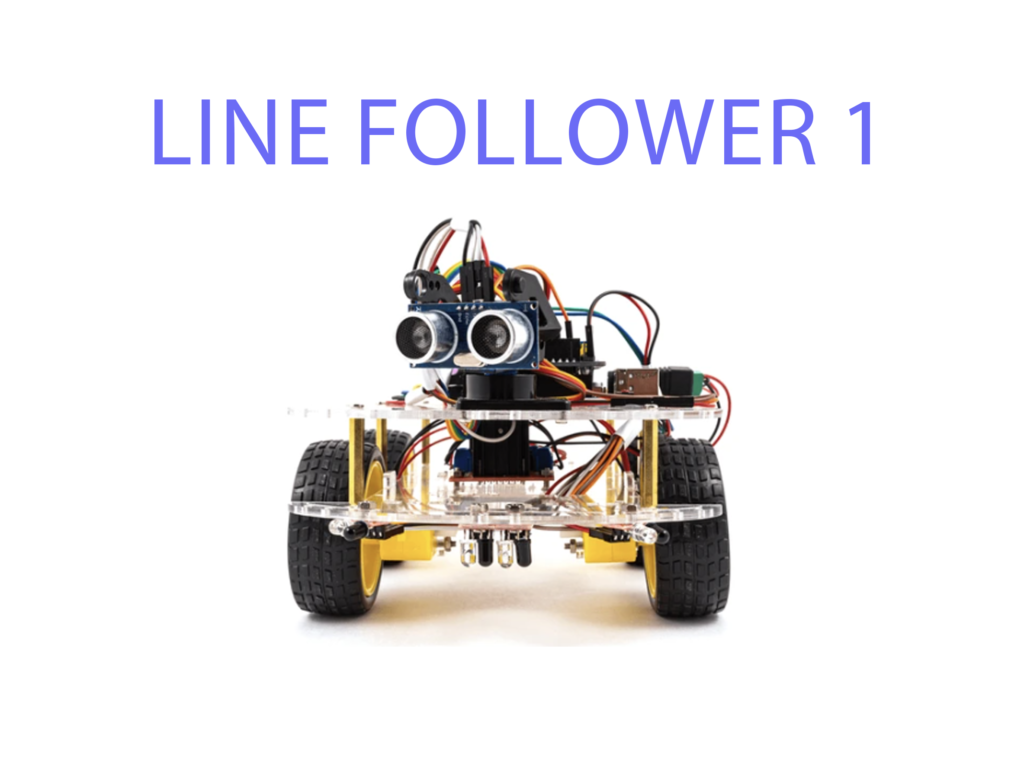- What’s a motor? A motor is a device that converts electrical energy into mechanical energy, causing it to spin. Motors are everywhere—inside toys, fans, and even electric cars. The spinning part of the motor is called the shaft, and we can attach things like wheels to this shaft to create movement.
- How do motors work? Motors work because of electromagnetism. Inside the motor, there are magnets and wires. When electricity flows through the wires, it creates a magnetic field. This pushes against the permanent magnets in the motor, causing the shaft to spin. The faster the electricity flows, the faster the motor spins.
- Hands-on Activity: Bring a small DC motor and a battery. Connect the motor to the battery and see and feel the motor spin. You can also see how reversing the battery connection makes the motor spin in the opposite direction. Try attaching a small wheel or fan blade to see how the motor can make things move.
- Real-world Connection: Motors are used in things like electric cars, airplanes, and robots.
- Takeaway: By the end of the lesson, students should understand that motors convert electricity into movement, and they’re important for making machines like cars move.
Components:
- 1x DC motor
- 1x 9V battery and connector
- Jumper wires
- Breadboard (optional)
Code:
This lesson doesn’t require MicroPython code, as it is focused on understanding how motors work through a physical demonstration using a battery to spin the motor. You can see how switching the battery terminals changes the motor’s direction.
CHALLENGE:
Use the motor to make different projects. Make a simple fan


